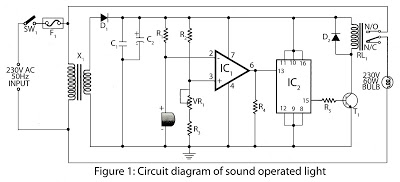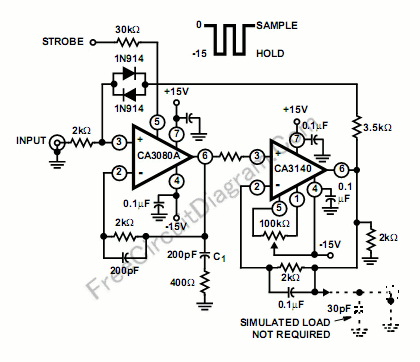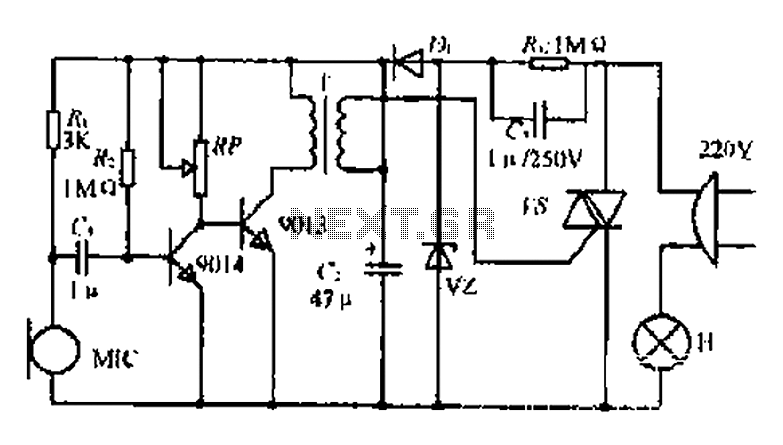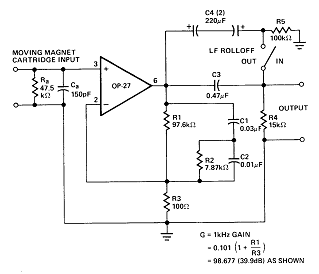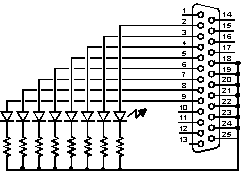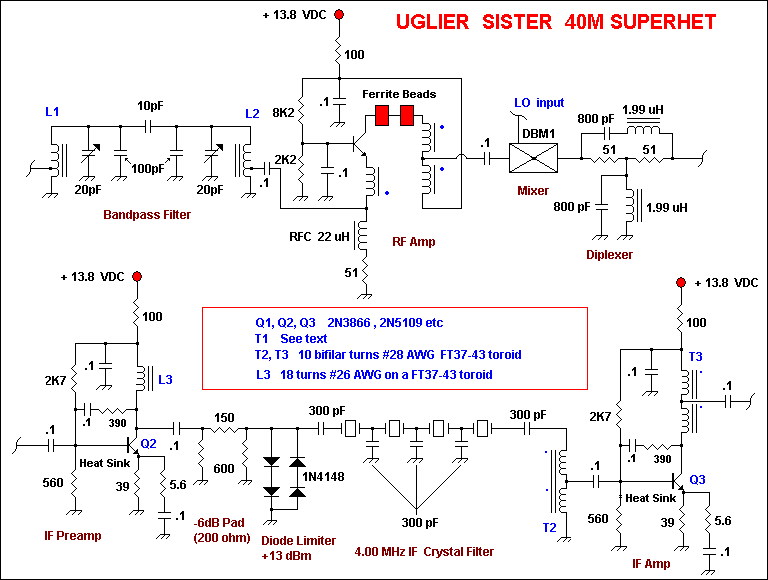
Composite tube transistors stabilized power supply circuit
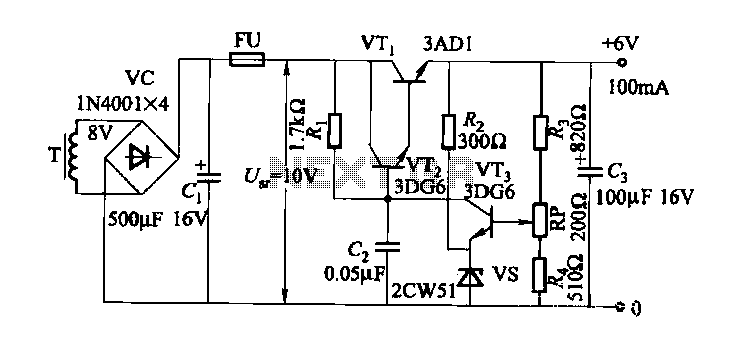
A composite pipe can be reduced to facilitate the adjustment of the control current within the tube.
Composite pipes are often utilized in various applications due to their lightweight, strength, and flexibility. When discussing the reduction of a composite pipe, it is essential to understand the implications for the control current within the system. The reduction of the pipe's diameter can lead to changes in flow dynamics, which may affect the resistance and impedance characteristics of the circuit.
In electronic applications where composite pipes are employed, such as in fluid control systems or cooling systems for electronic components, the control current can be adjusted by modifying the pipe's dimensions. This adjustment can be achieved through various methods, including the use of valves or variable diameter sections within the composite pipe. By reducing the diameter, the velocity of the fluid may increase, which can impact the thermal management and the overall efficiency of the system.
Furthermore, in circuits where sensors or actuators are integrated, the control current adjustment can lead to enhanced responsiveness and precision in the system's operation. The design of the composite pipe must account for the materials used, their thermal properties, and their compatibility with the fluids being transported. Proper analysis and simulation may be necessary to ensure that the adjustments do not lead to undesirable effects, such as cavitation or excessive pressure drops.
Overall, the reduction of a composite pipe serves as a critical factor in optimizing control current and enhancing the performance of electronic systems that rely on fluid dynamics.Composite pipe can be reduced to promote the adjustment of the control current of the tube.
Composite pipes are often utilized in various applications due to their lightweight, strength, and flexibility. When discussing the reduction of a composite pipe, it is essential to understand the implications for the control current within the system. The reduction of the pipe's diameter can lead to changes in flow dynamics, which may affect the resistance and impedance characteristics of the circuit.
In electronic applications where composite pipes are employed, such as in fluid control systems or cooling systems for electronic components, the control current can be adjusted by modifying the pipe's dimensions. This adjustment can be achieved through various methods, including the use of valves or variable diameter sections within the composite pipe. By reducing the diameter, the velocity of the fluid may increase, which can impact the thermal management and the overall efficiency of the system.
Furthermore, in circuits where sensors or actuators are integrated, the control current adjustment can lead to enhanced responsiveness and precision in the system's operation. The design of the composite pipe must account for the materials used, their thermal properties, and their compatibility with the fluids being transported. Proper analysis and simulation may be necessary to ensure that the adjustments do not lead to undesirable effects, such as cavitation or excessive pressure drops.
Overall, the reduction of a composite pipe serves as a critical factor in optimizing control current and enhancing the performance of electronic systems that rely on fluid dynamics.Composite pipe can be reduced to promote the adjustment of the control current of the tube.
Warning: include(partials/cookie-banner.php): Failed to open stream: Permission denied in /var/www/html/nextgr/view-circuit.php on line 713
Warning: include(): Failed opening 'partials/cookie-banner.php' for inclusion (include_path='.:/usr/share/php') in /var/www/html/nextgr/view-circuit.php on line 713
